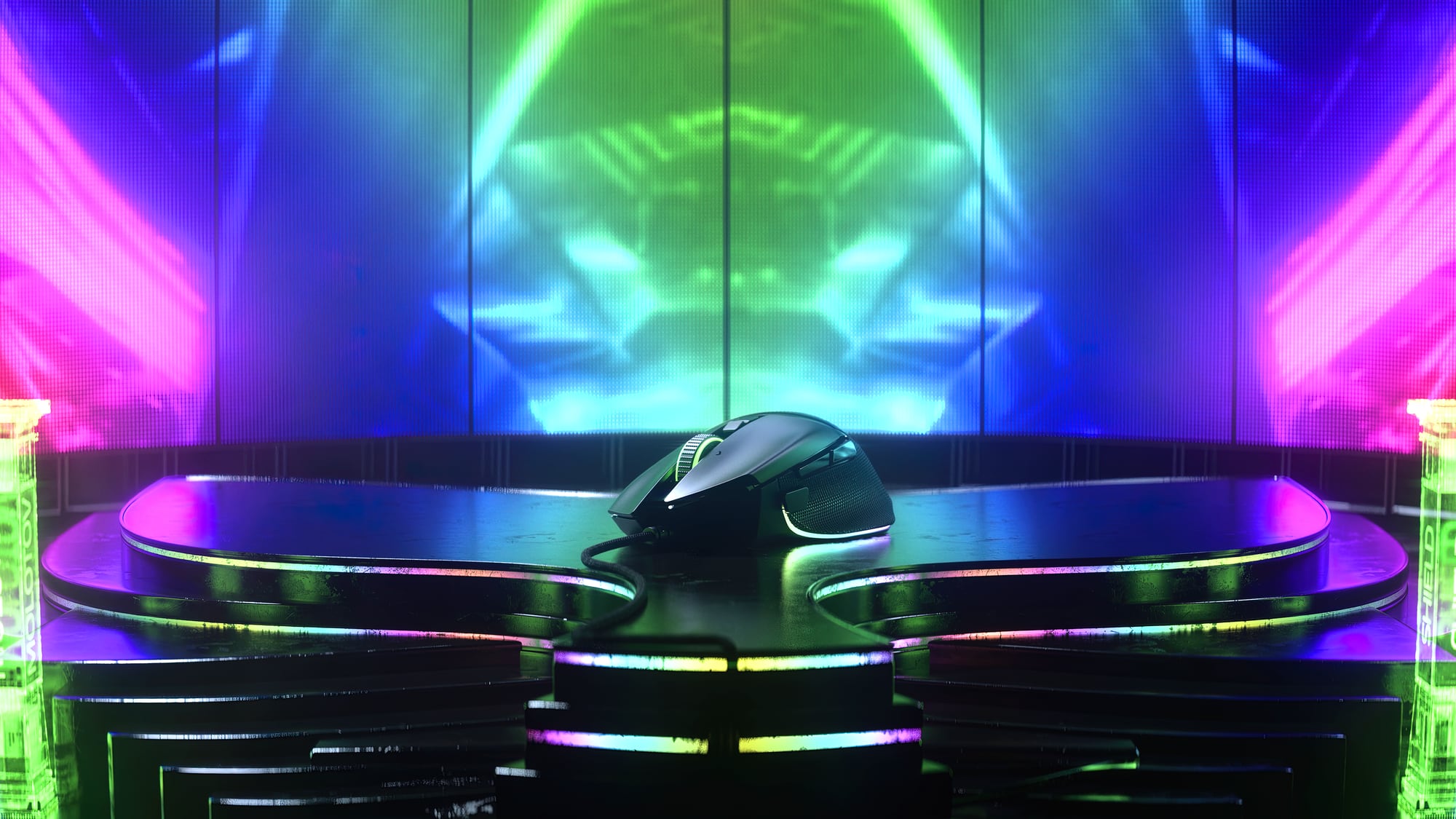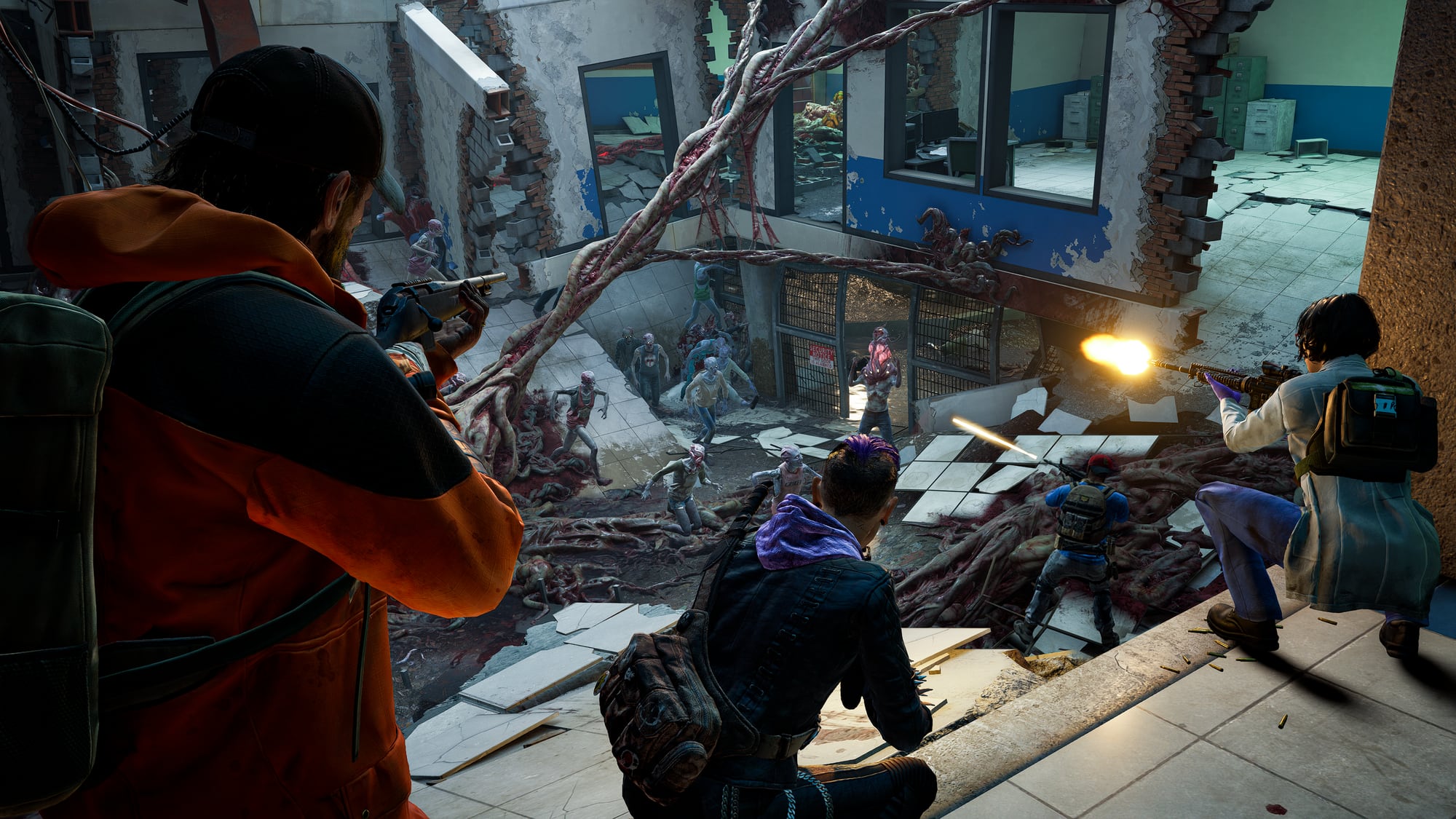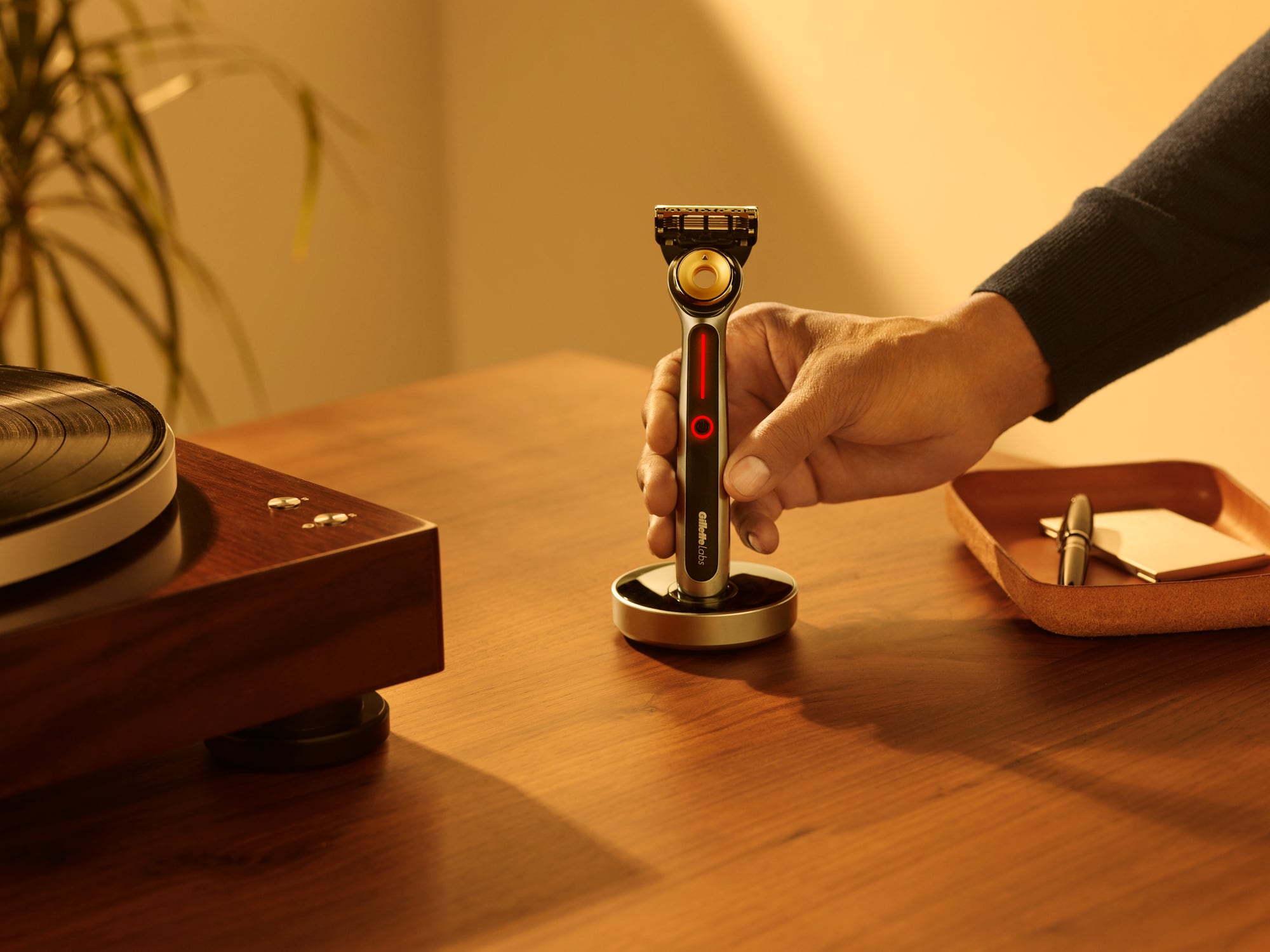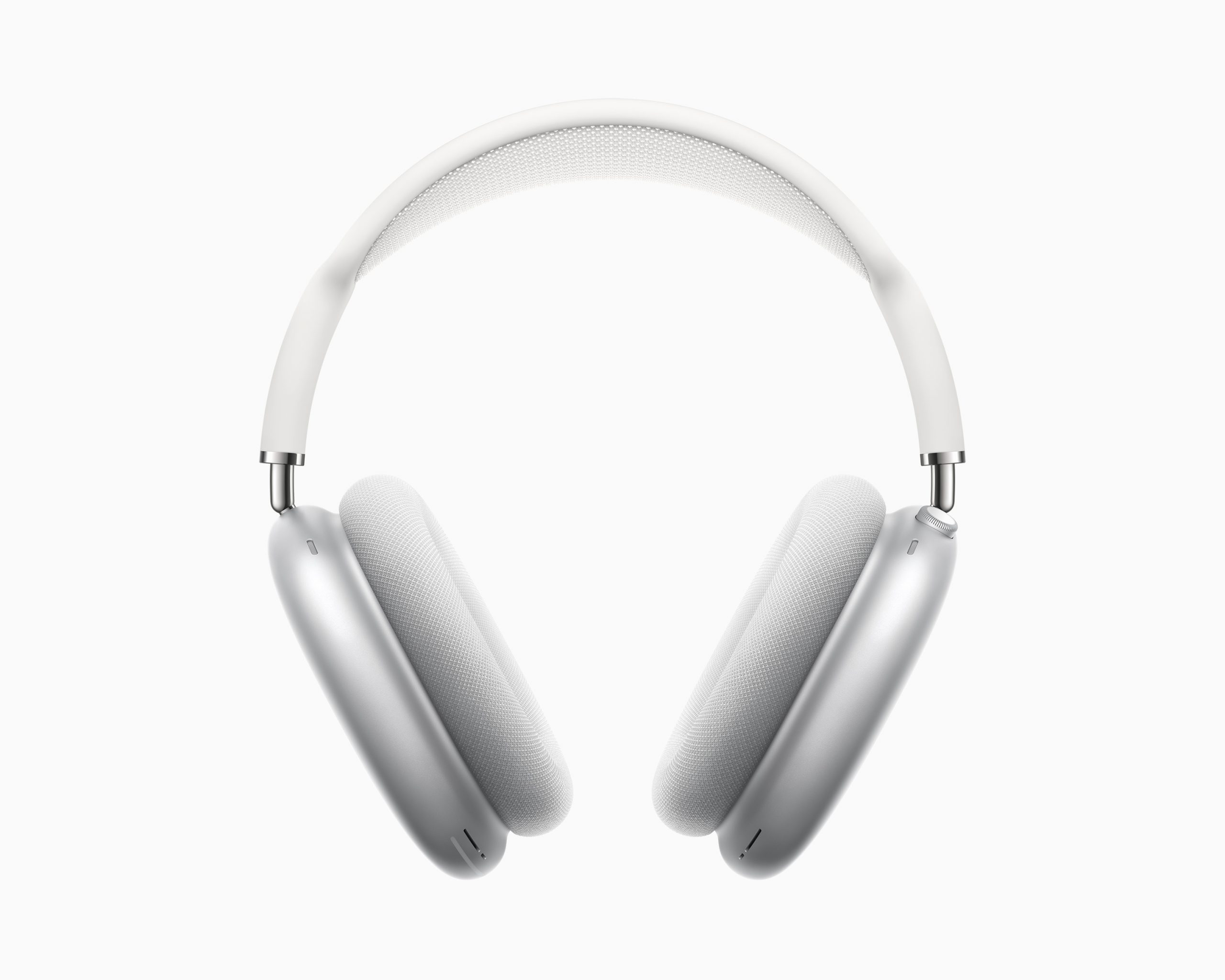
Surprising everyone, Apple announced two iPads – the 9th-generation iPad and the 6th-generation iPad mini during its Sep (usually iPhone-only) event last week. Both iPads will be available this Friday (Sep 24).

| SPECS | ||
| MODEL | Apple iPad (9th generation) | Apple iPad mini (6th generation) |
| PRICE | From S$499 (64GB, Wi-Fi) to S$929 (256GB, Wi-Fi + 4G); available on Apple Store this Friday | From S$749 (64GB, Wi-Fi) to S$1,209 (256GB, Wi-Fi + 5G); available on Apple Store this Friday |
| PROCESSOR | Apple A13 Bionic | Apple A15 Bionic |
| OPERATING SYSTEM | iPadOS 15 | iPadOS 15 |
| DISPLAY | 10.2-inch Retina display with True Tone, 2,160 x 1,620 pixels | 8.3-inch Liquid Retina display with True Tone, 2,266 x 1,488 pixels |
| CAMERA | 8-megapixel rear camera, 12-megapixel front-facing camera | 12-megapixel rear camera, 12-megapixel front-facing camera |
| APPLE PENCIL SUPPORT | 1st-generation only | 2nd-generation only |
| APPLE SMART KEYBOARD SUPPORT | Yes | No |
| WEIGHT | 487g (Wi-Fi), 498g (Wi-Fi + 4G) | 293g (Wi-Fi), 297g (Wi-Fi + 5G) |
So, if you are in the market looking for an iPad, should you go the cheaper and bigger new iPad or the more expensive but smaller iPad mini?
Here’s how they compare with each other.
DESIGN
The iPad (9th generation) looks exactly like the iPad last year and the year before. You still get the Touch ID home button at the bottom of the display, a power button on the top right with volume rocker on the right side and the Smart Connect on the left side.

Apart from a few grams difference in weight, the dimensions are exactly the same as the 8th-generation. And it is still using the Lightning port – the only iPad in the current line-up to use one.

But unlike the 8th-generation iPad that comes in three colours, the new iPad only comes in two colours of silver and space grey (version reviewed).
On the other hand, the iPad mini (6th generation) gets a design overhaul from its last iteration in 2019. It looks like a downsized version of an iPad Pro with its flat sides and rounded corners. The new design is just 6.3mm thin and weighs 297g.

However, it lacks the Face ID found in iPad Pro. Instead, the Touch ID is built into the top button. And you will find the volume rocker on the top left side instead of the right side.
This is because the right side only have enough space for you to magnetically attach a 2nd-generation Apple Pencil for pairing and charging.

At the bottom, you will find a USB-C port instead of Lightning port. This opens up a host of connectivity options to cameras, hard drives and external displays.

Not to mention, the new iPad mini now features four speakers – two each on top and bottom of the tablet – for stereo audio output.
In addition, the new iPad mini have more colour options with space grey, pink, purple and starlight (version reviewed). In case you are wondering, the starlight is basically silver.

DISPLAY
As a result of the re-design, the new iPad mini has a larger 8.3-inch Liquid Retina display (up from 5th-generation iPad mini’s 7.9-inch) despite having taking up less surface area than its predecessor.
On the other hand, the new iPad has no difference in terms of display size or resolution from its predecessor. But the displays of both new iPads do not come with ProMotion technology, or 120Hz refresh rate.

It is understandable for the new iPad to lack the higher refresh rate, given its entry-level status. But I would think the more expensive and premium new iPad mini’s display should have the higher refresh rate. However, the iPad mini’s display does look less reflective, thanks to its anti-reflective coating.
Still, both displays are great to look at and work with. Content all look great on them and swipes on the displays are swift and responsive whether you are playing games or doing work.
ACCESSORIES
The new iPad mini now supports the 2nd-generation Apple Pencil (S$189), while the new iPad continues to support the 1st-generation Apple Pencil ($138).
Apart from the 1st-generation Apple Pencil being a hassle to charge and store compared to the 2nd-generation Apple Pencil, I do not see or feel any difference when using the Apple Pencil on the new iPad as compared to the new iPad mini.

Both Apple Pencils are superb to use on their respective iPads. There are no latency issues when drawing on Apple’s Note app or the ProCreate app. Each Apple Pencil is still pressure-sensitive, allowing you to accurately fill in different shades of colours or sketch with different intensities.
It is important to note that the iPad mini does not support Apple’s own Smart Keyboard (S$239), while the new iPad does. So, if you want to pair the new iPad mini to a keyboard, you have to look at third-party options.
The iPad mini does have a new Smart Folio (S$89) cover that comes in five different colours including purple and orange.
CAMERA
Both iPads got their biggest camera upgrade in their front-facing camera. The new iPad’s 12-megapixel (MP) ultra-wide-angle camera is a quantum leap from its predecessor’s 1.2MP FaceTime HD camera.
The new iPad mini also uses the same front-facing camera as the 9th-generation iPad – an upgrade from the 7MP front-facing camera of the previous generation.
This front-facing camera of both iPads support Centre Stage. In other words, it keeps you in frame even while you are moving about in videos calls.
This feature not only supports Apple’s FaceTime, it also supports third-party apps like Zoom and Google Meet. And it works really well in both iPads. It makes presentations with your clients more engaging without the use of expensive video conferencing solutions.
PERFORMANCE
The new iPad is powered by the Apple A13 Bionic chip, also found in the iPhone 11 series, while the iPad mini is powered by the latest Apple A15 Bionic chip found in the latest iPhone 13.
| Apple iPad (9th generation) | Apple iPad mini (6th generation) |
| FOR + Good performance for its price + Most affordable iPad | FOR + Great all-round performance + Sleek design like the iPad Pro + USB-C port + 5G connectivity |
| AGAINST – Same dated design – Still using Lightning port | AGAINST – Not cheap – Meagre 256GB storage – Only 60Hz refresh rate display |
| RATINGS FEATURES: 7/10 DESIGN: 7/10 PERFORMANCE: 8.5/10 BATTERY LIFE: 8/10 VALUE FOR MONEY: 8/10 OVERALL: 7.5/10 | RATINGS FEATURES: 8/10 DESIGN: 9/10 PERFORMANCE: 9/10 BATTERY LIFE: 8/10 VALUE FOR MONEY: 8/10 OVERALL: 9/10 [SGEEK Editor’s Choice] |
In Geekbench 5 benchmark tests, the iPad scored 1,315 (single-core) and 2,981 (multi-core) points – up to 35 per cent slower than the iPad mini, which scored 1,593 (single-core) and 4,614 (multi-core) points.
But in real life situations, when working on productivity apps such as Google Docs, Slack and Keynote, the performance difference is really negligible between the two iPads.
Even when playing games like Mobile Legends: Bang Bang or the latest games from Apple Arcade like Castlevania: Grimoire of Souls, there are not discernible differences in performance. But Castlevania did hang on the new iPad once, while that never happened in the new iPad mini.

In addition, when using video editing or photo editing tools like Inshot and Photoshop, the iPad mini feels faster. Not to mention, transfer of photos with the iPad mini’s USB-C port direct from a camera is way faster than using a Lightning port-to-SD card reader on the new iPad.

BATTERY LIFE
In our usual intensive battery test (looping a 720p video with Wi-Fi switched on and the display at full brightness), the new iPad lasted about 8 hours 22 minutes – about 18 minutes less than its predecessor.
At the same time, the new iPad mini clocked 7 hours and 4 minutes in the battery test. This is nearly 30 minutes less than the 7 hours 30 minutes clocked by the 5th-generation iPad mini. However, since the new iPad mini has a bigger display, this dip is still acceptable.
Mileage, of course, varies depending on your usage. But for my daily usage, which involves checking e-mails regularly throughout the day, browsing social media, catching up with the lasting happenings on the Apple News or Google News app, I find myself only needing to charge both new iPads once every two days.
VALUE FOR MONEY
The new iPad is the cheapest model in Apple’s tablet line-up with a starting price of S$499. Even the most expensive variant is less than S$1,000. On the downside, it lacks 5G unlike the new iPad mini.

Meanwhile, the new iPad mini starts from S$749 with the most expensive model going at S$1,209. But the new iPad mini comes with the latest mobile chip Apple has to offer, while the new iPad uses a chip that is behind two generations.
If you are looking to get an iPad for your kids to do homework or home-based learning, the new iPad Wi-Fi 256GB model is probably more than sufficient. Even if you add the Apple Pencil (1st generation), the cost of owning the new iPad is still less than S$1,000.
But if you are a working professional that is always on the go, the new iPad mini might suit you better with its compact size and lightweight. This is especially so if you do not need a keyboard to use the iPad mini as a laptop replacement.

My only gripe with both iPads is the limited storage capacity, as they only come in 64GB and 256GB. For the new iPad, it is double the storage capacities of its predecessor’s 32GB and 128GB options.
But for the new mini, storage capacity has remained the same as two years ago. And I see the new iPad mini as an iPad Pro mini that creative professionals will want to use on the go. As such, the limited storage might not be enough for, say, photographers who want to use it to store photos to show clients or use it for tethering during photo shoots.
VERDICT
So which iPad should you get? Well, as mentioned above, it really depends on what you need. If you find the two new iPads not to your liking and you have the moolah, you can go for the flagship 12.9-inch iPad Pro (5th generation).
However, if you want an e-book reader that doubles up as everything else, go for the new iPad mini. If budget is a constraint, you can always opt for the new iPad.
For me, I would get the new iPad mini, as it is compact and light enough to carry around. But yet, its screen is relatively large for most purposes like bedtime reading or watching Netflix shows.






